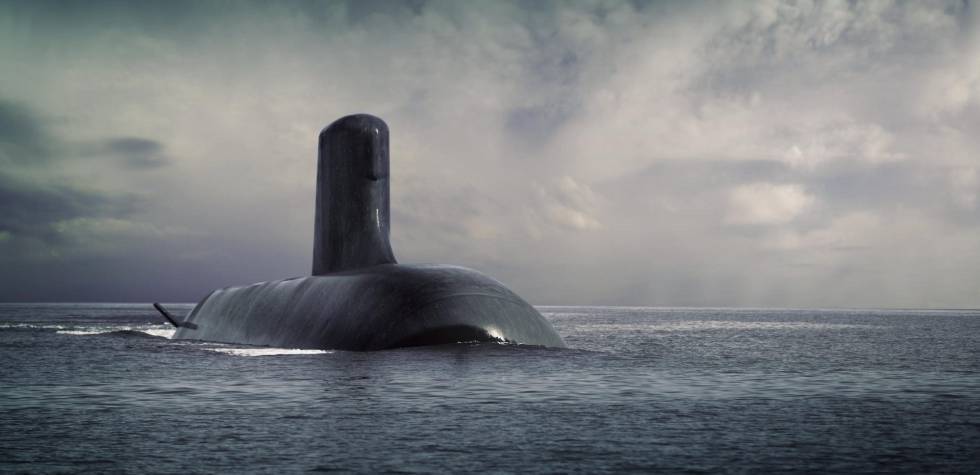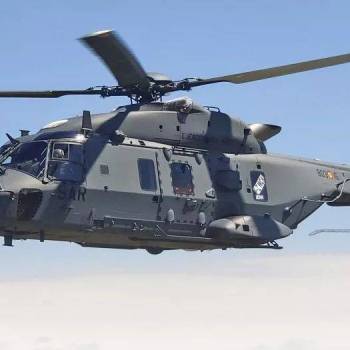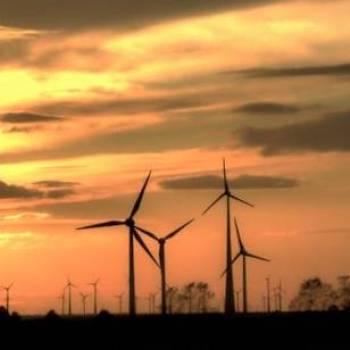
The Shortfin Barracuda. Source: DCNS.
Australian Prime Minister Malcolm Turnbull announced on Tuesday morning that France’s DCNS consortium will be awarded the multi-billion-dollar contract to build the 12 submarines that will succeed the Australian Navy’s aging Collins-class submarines, under the SEA 1000 Future Submarine Programme.
Germany’s ThyssenKrupp Marine Systems and a joint Mitsubishi-Kawasaki offering from Japan were also in the competition for the contract. The German offering was the Type 216, and Japan pitched its Soryu-class diesel-electric submarines.
Japan had been in pole position to win the contract, and was ambitious to propel the country from non-participant to major contractor in the arms export trade. Insiders in the bidding process believe Japan’s bid failed mainly due to concerns over its inexperience in delivering big defense export projects.
DCNS won with its Shortfin Barracuda A1 submarine design, a conventionally-powered derivative of the nuclear-powered Suffren-class submarine now under construction for the French Navy.
Australia’s selection opens negotiations for a three-year submarine design contract expected to be concluded at the end of this year or early 2017, a DCNS executive said.
Malcolm Turnbull said the project with DCNS represented “a momentous national endeavor. He added, “the recommendation of our competitive evaluation process... was unequivocal that the French offer represented the capabilities best able to meet Australia’s unique needs”. Mr. Turnbull said the submarines would be built in Adelaide in a move that would sustain about 2,800 jobs — a welcome political boost to the federal government in South Australia.
The French presidency, meanwhile, described the contract as “historic, and the largest weapons export program our country has ever undertaken”. The Elysée president’s office said in a statement “France is grateful for the confidence that Australia has shown in it, and is proud of the technological excellence of which its companies have proved themselves”.
While all 12 submarines will be built in Australia, the contract will support some 4,000 jobs for DCNS and its subcontractors, with work at Brest, Cherbourg and Lorient, on the coast of northwest France, a DCNS spokesperson said. Employment is a key factor for France as well, as the country heads toward a general election next year, with a jobless rate stubbornly stuck around 10 percent.
The deal is also a win for Thales, which holds 35 percent of DCNS, with the French government holding the remainder. Thales's share of the program is expected to be some €1 billion, with €100 million per sub based on the sale of sonar systems, electronic warfare and periscopes, a Thales executive said.
Australia’s replacement of its submarine fleet comes amid an Asia-Pacific arms race led by China. Defence spending in Asia in 2014 was A$439bn (US$338bn), surpassing that of Europe, according to Australia’s defense white paper released this year. Canberra says the Indo-Pacific region will account for half the world’s submarines and at least half of advanced combat aircraft within two decades.
Under the winning bid, DCNS will build 12 Shortfin Barracuda submarines for the Australian navy and help maintain them over half a century.
The vessel, a conventional submarine using a pump-jet propulsion system, draws on the design of France’s existing Barracuda-class nuclear submarine. It is the first time Paris will share this stealth technology, which is quieter than a traditional propeller, with another country, said DCNS.
Australia’s submarines will be armed with US weapons and a US combat systems integrator. A decision between Lockheed Martin and Raytheon is to be announced shortly, and DCNS will work with the winner of that competition to integrate the combat system into the submarines.
Source: Defense news, The Financial Times, The Diplomat.

Written by Patricia Ruiz
Patricia Ruiz is Environmental and Forestry Engineer and a Supply Chain Management Expert



